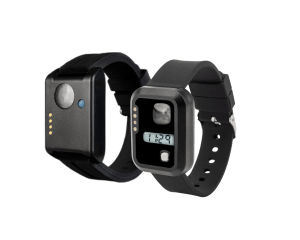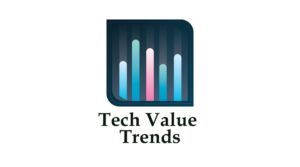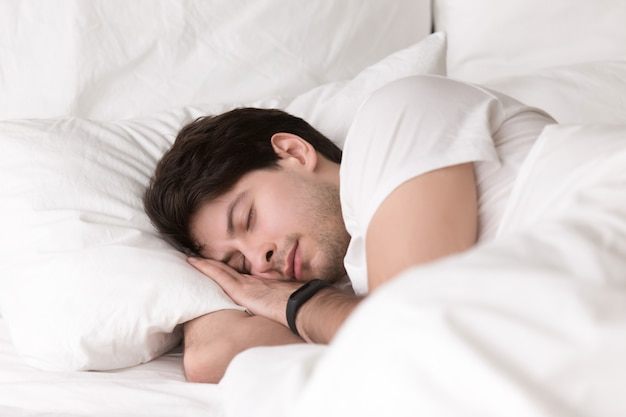Polysomnography (PSG) is widely considered the gold standard for sleep diagnostics. Conducted in controlled laboratory settings, it records brain waves, eye movements, heart rate, and breathing. While incredibly detailed, PSG is often limited to a single night in an unfamiliar environment, which may not accurately reflect a person’s typical sleep patterns. That’s where actigraphy steps in—offering a more comprehensive, real-world view of sleep over days or weeks.
How Actigraphy Works

Actigraphy uses a small, wearable device—usually worn on the wrist—to track movement continuously. These devices contain sensitive accelerometers that detect motion and rest patterns. Over time, the data helps estimate sleep onset, duration, fragmentation, and efficiency.
What makes actigraphy powerful isn’t just its portability—it’s the longitudinal nature of the data. Unlike PSG, which captures one night of information, actigraphy reveals trends and variability across multiple nights in a person’s natural environment.
What Polysomnography May Miss
PSG is highly effective at identifying sleep architecture and diagnosing disorders like sleep apnea or REM behavior disorder. However, it can miss behavioral and environmental influencesthat occur outside the lab.
Actigraphy excels at capturing:
- Week-to-week variability in sleep duration
- Sleep-wake patterns influenced by lifestyle or occupation
- Responses to light exposure, physical activity, and travel
- Insomnia-related behaviors, such as extended sleep latency or frequent awakenings at home
These are patterns that can be difficult—or impossible—to identify during a single-night PSG. Actigraphy gives a more ecologically valid view of how people actually sleep in their own beds.
Complementary, Not Competing Tools
Rather than viewing actigraphy and PSG as competitors, modern sleep medicine sees them as complementary tools. PSG provides detail, while actigraphy provides context. Together, they offer a fuller picture of sleep health. For example, a patient may test normally in a sleep lab but experience poor sleep at home due to stress, noise, or inconsistent routines. Actigraphy helps bridge that gap.
Real-World Applications
Actigraphy is increasingly used in clinical practice, sleep research, and behavioral health. It supports monitoring for insomnia, circadian rhythm disorders, and even sleep issues in children, the elderly, or patients with neurological conditions—populations where PSG might not be practical or necessary.
Conclusion
By capturing sleep in motion, actigraphy reveals patterns that remain hidden in the lab. When used alongside polysomnography, it empowers clinicians and researchers to better understand and treat real-world sleep challenges.
Understand the Complexities of Human Sleep with Actigraphy Watches from Condor Instruments
Gain long-term, real-world insights into sleep patterns with our advanced actigraphy watches. Trusted by sleep researchers and clinicians worldwide—explore Condor Instruments’ precision solutions today.

